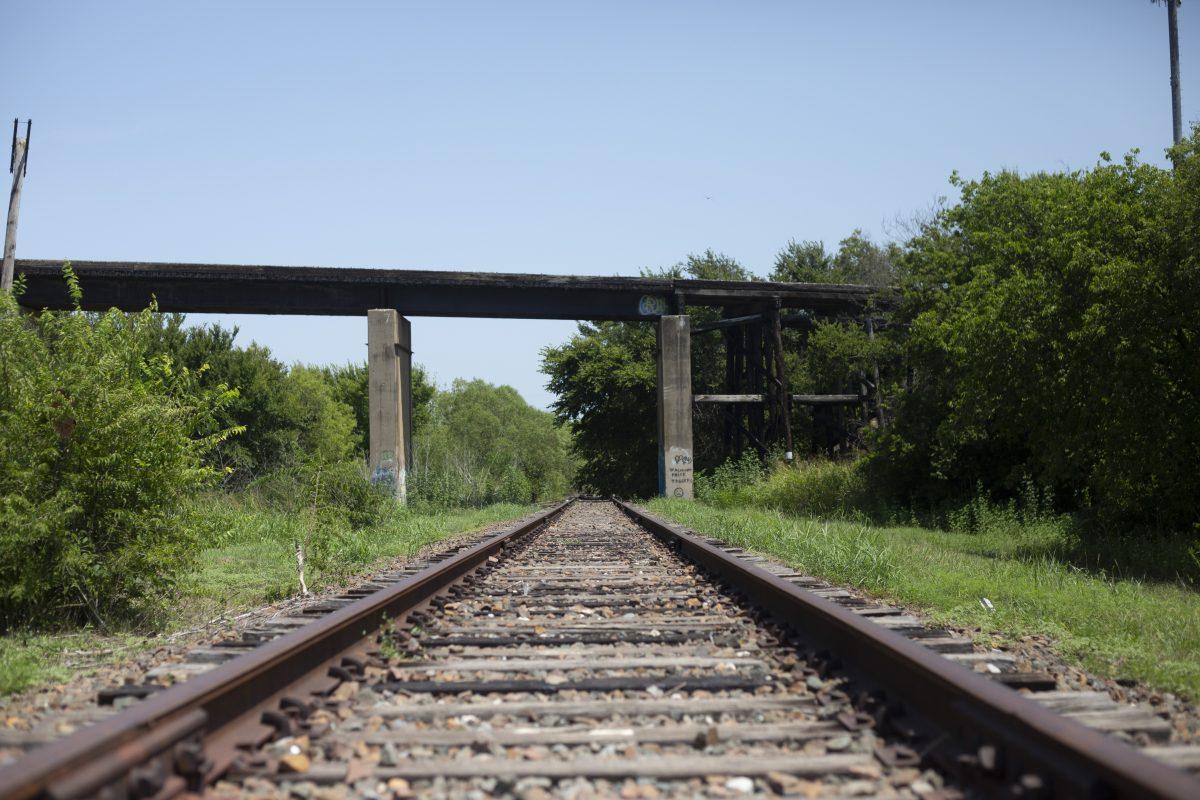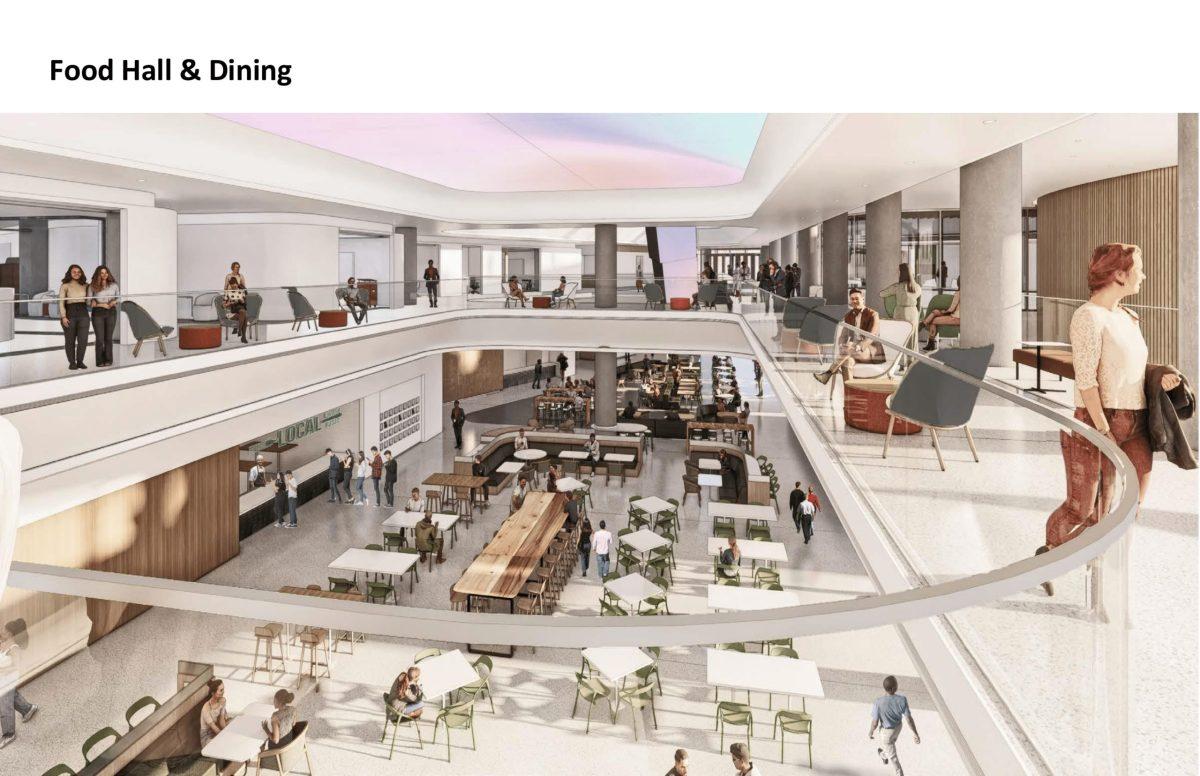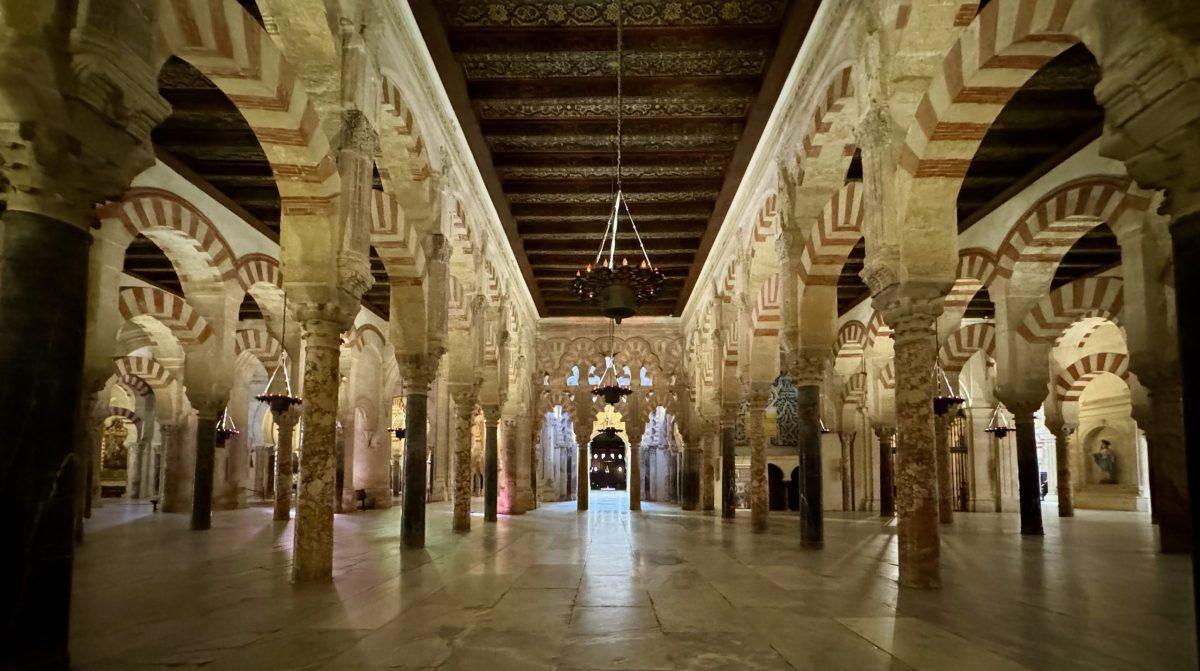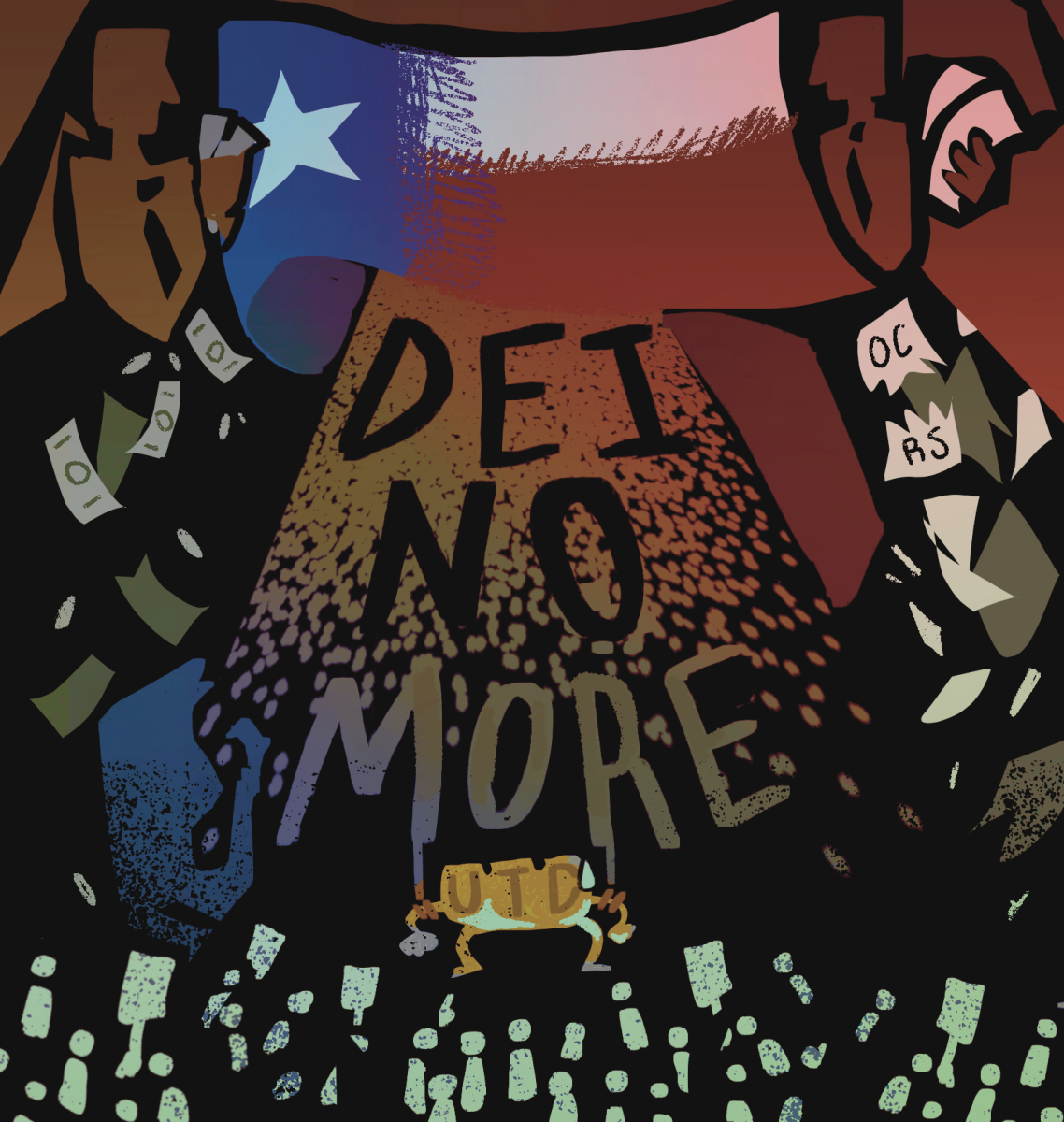Dallas Area Rapid Transit is working closely with UTD to develop a new rail line that will run adjacent to the Northside complex.
The new line, called Cotton Belt, is due to start construction in 2019 and will begin welcoming riders in December 2022. Mark Ball, a DART Media Relations representative, said the project has a budget of $1.135 billion and that he was optimistic about the economic impact of the Cotton Belt on the surrounding area.
“It’s something that Richardson is looking forward to,” Ball said. “If you’re familiar with that City Line area, it has exploded with transit-oriented development. Just a couple years ago, that entire area was empty field. Of course, you got major corporations that have moved there (and) all the benefit of the tax revenue generated by those companies for the city of Richardson.”
DART officials said they anticipate ridership to be nearly 12,000 riders per day. A large number of UTD students use DART already, with 4,800 to 5,600 riders per weekday during the school year for the Comet Cruisers alone. Calvin Jamison, vice president for facilities and economic management at UTD, said DART’s expansion plans would benefit UTD’s student population.
“The goal is to minimize the number of students who will need to have cars on campus,” Jamison said. “In terms of our long-term student plan, there will be multiple ways to have access to campus. The fact that you can actually land in DFW, get on DART, board DART and get off at the UT Dallas stop is a huge plus.”
Assistant Vice President of Capital Planning for DART Chad Edwards acknowledged that, as with any project of this size, there are public concerns. He said DART is proactively working to address these issues.
“The biggest concern that we have heard along the entire corridor is about noise and vibration,” Edwards said. “A close second would probably be traffic impact. And then the last one is probably — if I had three to begin — would probably be just how it’s going to change their daily lives.”
“What we’ve done is spend a lot of time with the public in public meetings (and) focus groups. We’ve done Facebook live events, we’ve done lots of different activities to get out in front of the public and talk to them about the project,” Edwards said. “We’ve been doing this part of the project probably for at least a year, probably two years now.”
Edwards said that construction of the Cotton Belt will likely start at different locations along the 26-mile long corridor of rail. DART has had plans to construct a commuter rail in the area since the 1980s. Though the precise boundaries of the line may have yet to be determined, there are already existing tracks, so the general public in the surrounding areas have been aware of where the rail system will be.
The UTD station for the Cotton Belt line will be constructed just north of the Northside complex, on land owned by the school. Edwards said UTD transportation administration and DART have been in close communication about the design and location of the station. He said the corridor will open new doors for transportation and will also create the possibility of expanding university facilities and other transit-oriented developments.
“The university is supporting the project as well,” Ball said. “And since they have land that is impacted, they’re looking at making it a positive impact by developing it in some way, so that the students or student housing or the university classrooms — something that they want — can be developed on that property to benefit the university.”
In the future, UTD students can look forward to more convenient transportation access to the greater Dallas area, and, as a result, more opportunities for recreation and jobs.
“There are probably a generation of professionals who will utilize different modes of transportation — everything from the bus system, to Uber, to Lyft, to the rail stations,” Jamison said. “When we’re looking at what we’re trying to accomplish (with the Cotton Belt), the goal is to examine ways in which we can enhance the student experience. And this will actually help do that.”

















